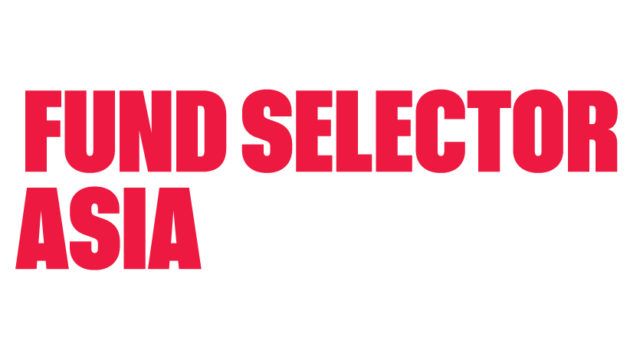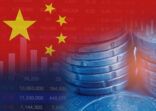“With the issuance by People’s Bank of China of its guidelines in February 2016 on the further opening of the China Interbank Bond Market (CIBM) for eligible foreign institutional investors, we have been monitoring China’s eligibility for inclusion in our indices,” Citi’s fixed income indices team said in a statement.
The result is that three indices – Citi’s Emerging Markets Government Bond Index (EMGBI), Asian Government Bond Index (AGBI), and the Asia Pacific Government Bond Index (APGBI) – will include Chinese government bonds starting February 2018, according to the statement.
It means that China will become the largest market under these three indices, accounting for 47-56% of the market weight. A few billion dollars are tracking these three indices, according to a Reuters report.
However, close to $4trn of assets track the WGBI, which does not include China, the third largest bond market in the world estimated at $9.2trn.
Instead, a new “WGBI-Extended index” will be introduced in July this year. While the WGBI’s constituents remains unchanged with 23 markets, the extended version will include three more countries: China, Korea and Israel.
WGBI and WEGI-Extended top market weights by regions, March 2017
| Market value ($trn) | Market weight (%) | ||
| WGBI | WGBI-Extended | ||
| US | 6.96 | 34.80 | 32.23 |
| European Union | 6.15 | 30.77 | 28.50 |
| Japan | 4.40 | 22.00 | 20.37 |
| UK | 1.13 | 5.67 | 5.25 |
| China | 1.09 | 0 | 5.03 |
| Korea | 0.45 | 0 | 2.10 |
Souce: Citi fixed income indices
According to a Reuters report, Citi said the WGBI inclusion has higher acceptance thresholds because of its significance.
“In the case of China, the recent opening of the bond market is still new and we expect market participants to require time,” Arom Pathammavong, global head of Citi fixed income indices, was quoted as saying in the report. Citi did not immediately respond to request for comments.
Other indices
Citi also introduced two related indices – the EMGBI-Capped and AGBI-Capped – that limit China’s market weighting to 10% and 20%, respectively.
“Given the size of the China market, its proportion in these indices will gradually increase to its full weight over a 3-month period,” the firm added.
The move followed Bloomberg Barclays’ launch of two new indices last week to include Chinese sovereigns, namely the Global Aggregate + China Index and the Emerging Market Local Currency Government + China Index (Their parallel indices, the Bloomberg Barclays Global Aggregate Index and the EM Local Currency Government Index, remain unchanged).
Another key bond index, the JP Morgan Global Government Bond Index – Emerging Markets Global Diversified Index, tracked by about $180bn, is still reviewing whether to include the China onshore bonds.
Although some fund managers have voiced concerns on the RMB’s convertibility as China still has strict capital controls, Ken Hu, Invesco’s Asia-Pacific fixed income CIO, believes other global bond index vendors are likely to follow suit and include China.
“The [Citi indices] inclusion will help asset managers present a strong case to [foreign institutional investors] to expand their investment guidelines to include onshore China bonds, though it may take a few months for investors to go through their approval process to relax guidelines.
“[Offshore] ETF vendors will likely soon launch onshore RMB bond ETFs,” he said.
Offset capital outflows
China’s bond market has a long way to go in terms of foreign investors.
Foreign holdings of all types of Chinese onshore bonds reached RMB 853bn ($123.5bn) at 2016-end, or a mere 1.3% of the total market, according to data from People’s Bank of China.
The inclusion of China on Citi’s bond indices, which essentially brings foreign capital into China through onshore bond buying, may provide some relief from the country’s capital outflows, which are driven by the weakening yuan, Hayden Briscoe, Asia-Pacific head of fixed income at UBS Asset Management, said in an earlier FSA interview.
According to UBS, if the major global bond indices included a 7% China weighting, that would translate to about $3trn of inflow.

















